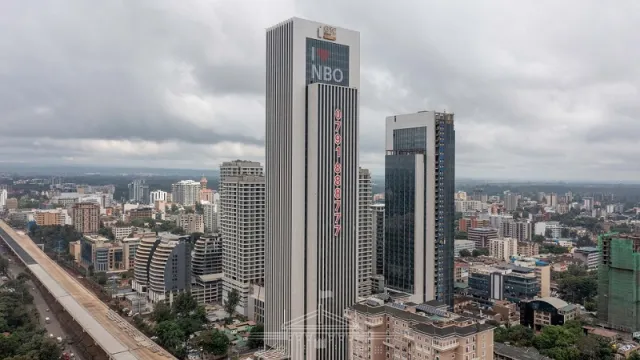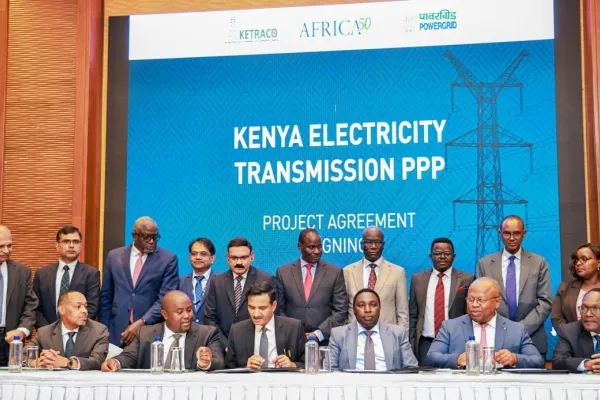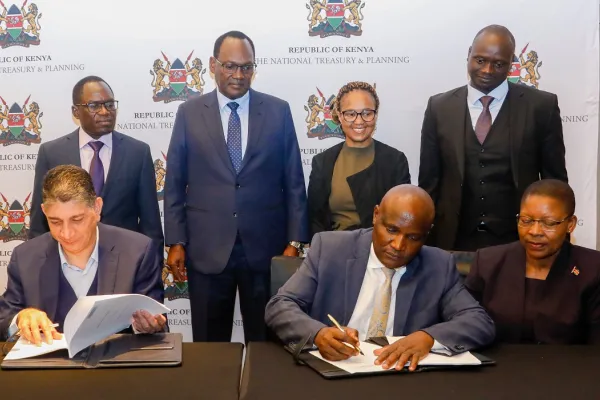Why Nairobi has turned into a huge construction site

Why Nairobi has turned into a huge construction site
Nairobi is witnessing a construction boom thanks to streamlined bureaucracy at the county government and Lands ministry that have unlocked several projects in turn changing the city's skyline.
In recent months, the city has seen the completion of the Global Trade Centre offering grade A office space, a retail component, four residential towers, and a hotel.
Retirement savings giant NSSF has also finally completed Hazina Trade Center in the city centre as well as Principle Place, The Convex, and Riverside Square.
Other developments: The Piano Westlands, One Principal Place, Orbit II, PTA Complex, The Cube, and Karen Green are expected to be completed later this year.
A market report by property tracker Knight Frank says there has been significant improvement in the county and national land processes that have enabled a record number of building approvals, as well as land transactions.
The value of building plans approved in Nairobi County also increased to Kes16.8 billion in the three months to September 2021, representing a 49 percent increase from Kes11.3 billion in a comparable period in 2020.
This significant increase was a result of greater efficiencies in the county government operations coupled with the improving economic conditions.
Read also: Did Tuffsteel get away with ghost exports?
The number of land transactions in the form of title transfers and leases at the Ministry of Lands to September 2021 was the highest in the past 5 years totaling 5,355, which represents a 35 percent upswing from a similar period in 2020.
This is a result of the greater efficiencies at the Lands registry allowing investors to finalize on transactions carried forward from previous periods.
Market correction also contributed to increased transactions with some vendors accepting offers of more than 20 percent off their asking prices.
As a result, the production of cement increased to 2.67 million metric tonnes (MT) in quarter three of 2021, a 28 percent jump from 2.1 million MT over the same period in 2020.
Similarly, cement consumption increased to 2.62 million MT in the third quarter, a 29 percent jump from 2.0 million MT over the same period in 2020.
The increase in cement production and consumption is mainly attributed to the major ongoing infrastructural and affordable housing projects ongoing regionally.



